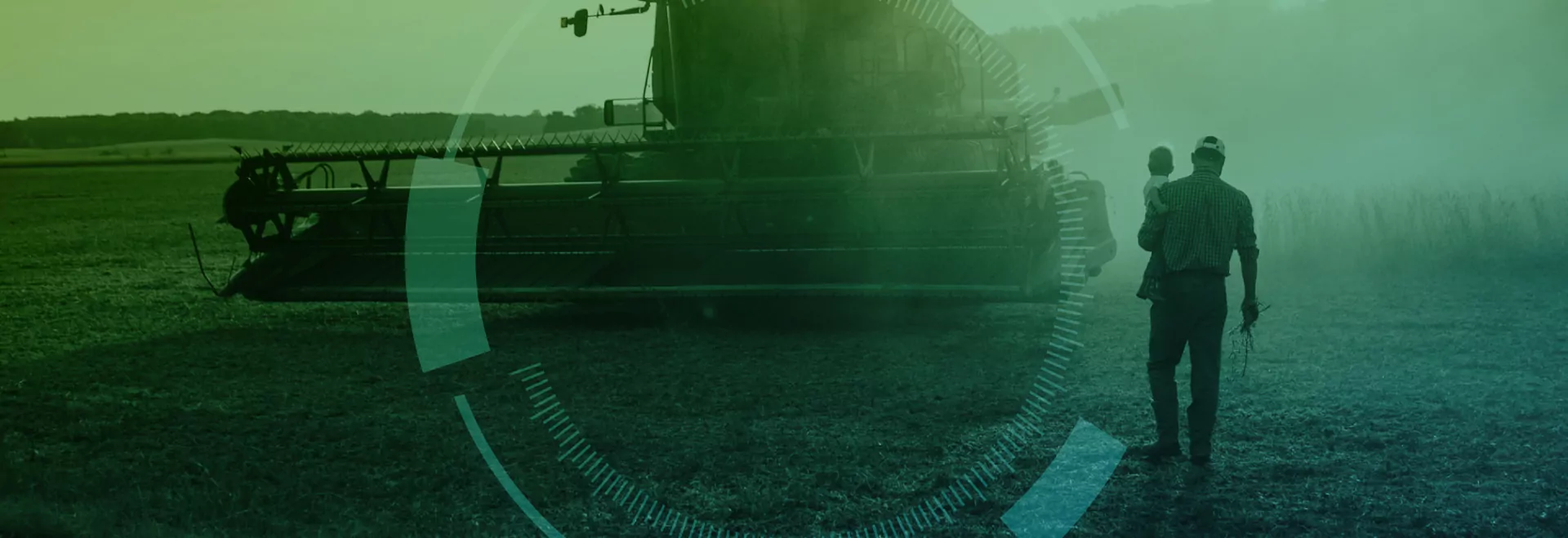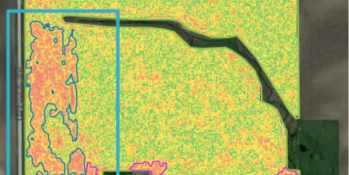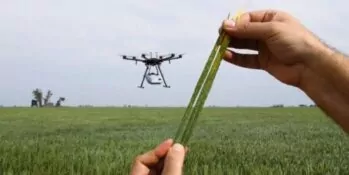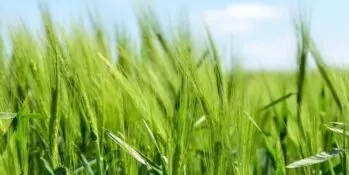

A tech revolution in agriculture is improving yields and driving down waste

Hunger and malnutrition impact an estimated 821 million people across the globe, according to World Health Organization figures. Still, food loss or waste claims 1.6 billion tons of food—worth an estimated $1.2 trillion—each year. That represents a third of global food production.
What’s behind this glaring incongruity? Poor or outdated production techniques are major culprits. As the Boston Consulting Group highlights, 500 million tons of food are lost or wasted at the production stage—47 percent more than the 340 million tons lost or wasted by consumers every year.
Throw in intensifying climate change, which threatens to send yields plunging, along with the projected swelling of the global population to 9.7 billion people by 2050, and the food crisis comes into even sharper relief. But while the scale of the challenge is undeniably significant, agricultural technologies offer a pathway to a more sustainable future—one in which farmers can both improve their yields and drive down waste. Artificial intelligence, data analytics, and even drones are among the solutions that will reshape the future of farming—making it more intelligent, more efficient and better for the planet.
To many minds, agriculture is still conceptually linked to an earlier pastoral mode of life. No one would deny agriculture’s vital role in modern society, but farms’ geographic distance from the urban core seems to lead to a certain disconnect with the high-tech economy.
But with companies like Google being enlisted to help farmers improve yields and optimize production through artificial intelligence, it’s clear that a new kind of agriculture is taking root. Born in the 1990s, precision agriculture aims to leverage state-of-the-art technologies to bring more accuracy and control crop production, with an eye toward boosting yields and curbing waste.
Utilizing geographic information system (GIS) software, for example, farmers can view their crops through heat maps, in which red indicates dead fields and green indicates healthy ones. Green fields call for more fertilizer or insecticides, while farmers could avoid wasting those products on fields that would not produce high yields.
Since the 1990s, precision agriculture has seen exponential growth. Hundreds of precision agriculture companies have emerged, employing everything from drones to robotics to autonomous tractors. Farmers can now have unprecedented insight into where each seed has been planted, enabling them to fertilize their crops with near-perfect accuracy—something that was never an option when precision agriculture first came onto the scene.
Agriculture is moving past gleaning knowledge via aerial or ground imagery, with the industry making great strides toward actionable insights. Machine learning technology is bringing new advances to heat maps, which can now depict terrain in greater detail than ever before. Farming’s future increasingly lies in real-time responses, as more and more agricultural tech companies vie to provide all-in-one platforms with insights and prescriptions on-the-go.
Employing precision technologies like IoT sensors (measuring light, humidity, temperature, soil moisture, etc.) and AI platforms will help the agriculture industry overcome some of its most pressing challenges, from meeting the needs of a rising global population to dealing with a changing climate—all while cutting back on destructive food waste.
As the precision agriculture market expands—forecasters predict that it will reach $6.43 billion in 2022, up from $2.81 billion in 2014—demand for drone solutions is set to rise.
It’s no surprise that drones are slated to play a big part in making agriculture more efficient and cost-effective. Providing precise, highly detailed 3-D maps for soil and field analysis, drones will drive better decision-making about irrigation and crop management. Agricultural drones can do much more than monitor crops and assess their health: Drone-based planting systems, thanks to their remarkable precision, can reduce planting costs by 85 percent, according to PwC. Guided by GPS, drones can also spray crops with unparalleled accuracy—decreasing pesticide use by as much as 30 percent.
Satellite imagery, once seen as a game-changing technology for farming, pales in comparison to drones’ capabilities. Drones’ high-resolution imagery and dynamic, 3-D mapping mark a vast improvement over the static, relatively low-resolution solutions offered by satellite imagery—and the shift toward drones is a matter of more than just sleeker technology. It’s moving the needle in the quest to forge a more sustainable future for agriculture.
The shift towards precision agriculture will usher in significant changes to the farming supply chain. A new crop of retailers, focused on innovative technologies like advanced drone monitoring and predictive analytics, will emerge. Because agricultural retailers know the ins and outs of their local sectors, they will be best-positioned to offer precision agriculture solutions for farmers, offering services of more value at a time when the health and sustainability of the industry demands it.
A new breed of e-commerce focused on agriculture will also change the game of farming, making it easier for farmers to buy in bulk online—bringing more efficiency to the logistical chain between retailers and farmers. Given farming’s traditional orientation toward human interaction, the shift toward digitization in the era of precision agriculture will come with challenges. Trust will be key, as farmers seek to buy products from suppliers with longstanding industry expertise. Traditional agricultural retailers therefore stand to gain big from entering the farming e-commerce space, with their deep roots in the industry uniquely positioning them to help lead farming’s digital transition.
While the demand for digital solutions is high and remains on an upward trajectory, there are many steps to be taken before precision agriculture is widely adopted and can make its biggest impact. Some of these steps relate to farmers, some to the development of the technologies themselves, and still others to the retail chain as a whole.
But those challenges pale in comparison to the dire consequences of failing to harness technology for the good of both agriculture and the planet. Farming and high-tech may seem an unlikely marriage, but its fruits will be borne out in better yields, lower waste and greater environmental sustainability.
Source: https://blogs.scientificamerican.com/observations/how-smarter-technology-will-feed-the-planet/

With Taranis Field Health Insights, the agronomist was able to detect an above average anomaly area that had a higher vegetation index than the rest of the field—information he would not have been able to consider with traditional in-field scouting.

Drones are powerful tools. When combined with the right technology, they deliver far more than just imagery.

Taranis uses Google Cloud Platform to enable high-volume drone image uploads and train TensorFlow machine learning models, helping farmers reduce crop loss and feed the world's increasing population.